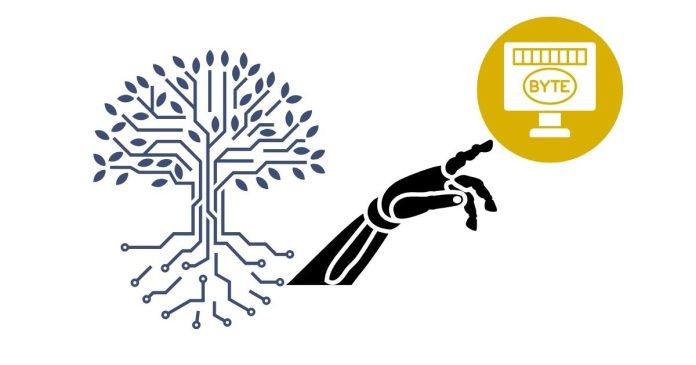The difference between a bit and a byte comes down to the amount of data they represent:
- Bit: A bit (short for “binary digit”) is the smallest unit of data in computing. It can have one of two values: 0 or 1. Bits are used to represent basic data such as on/off, true/false, or yes/no.
- Byte: A byte is a group of 8 bits. So, it can represent more combinations—specifically, 256 different values (since 2^8 = 256). Bytes are commonly used to represent larger units of data, such as characters in text, or in computer storage and memory.
In summary:
- 1 bit = 0 or 1
- 1 byte = 8 bits
So when you’re dealing with file sizes, storage, or memory, you typically encounter data measured in bytes (like kilobytes, megabytes, gigabytes), and bits are more often used when talking about internet speeds (e.g., megabits per second, Mbps).


